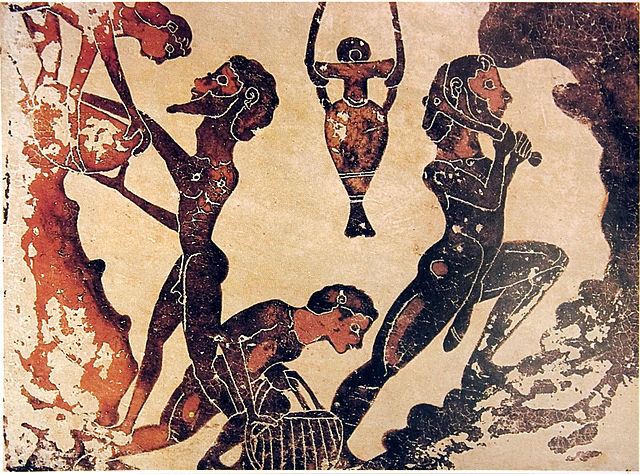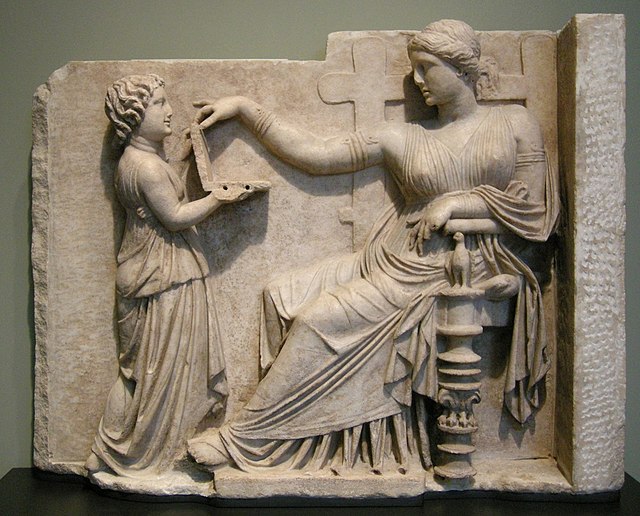History of citizenship describes the changing relation between an individual and the state, known as citizenship. Citizenship is generally identified not as an aspect of Eastern civilization but of Western civilization. There is a general view that citizenship in ancient times was a simpler relation than modern forms of citizenship, although this view has been challenged.
Ancient Athenian armor from the 6th century BCE called a greave covered a citizen-soldier's knee and lower leg. A hoplite's armor signified its owner's social status as well as his service to the community. (Snodgrass 1967 (1999), 58–59)
The Israelites preserved their identity as a people despite being enslaved by neighboring civilizations, and this sense of ethnic identity has been linked to the development of citizenship.
Slaves working in a mine. The sustenance provided by slaves meant that citizens had free time to participate in politics.
Geoffrey Hosking suggests that fear of being enslaved was a central motivating force for the development of the Greek sense of citizenship. Sculpture: a Greek woman being served by a slave-child.
Citizenship is a membership and allegiance to a sovereign state.
Geoffrey Hosking suggests that fear of being enslaved was a central motivating force for the development of the Greek sense of citizenship. Sculpture: a Greek woman being served by a slave-child.
Portrait of Dred Scott, the plaintiff in the infamous Dred Scott v. Sandford case at the Supreme Court of the United States, commissioned by a "group of Negro citizens" and presented to the Missouri Historical Society, St. Louis, in 1888
Citizenship ceremony on beach near Cooktown, Queensland. 2012
Diagram of relationship between; Citizens, Politicians + Laws







